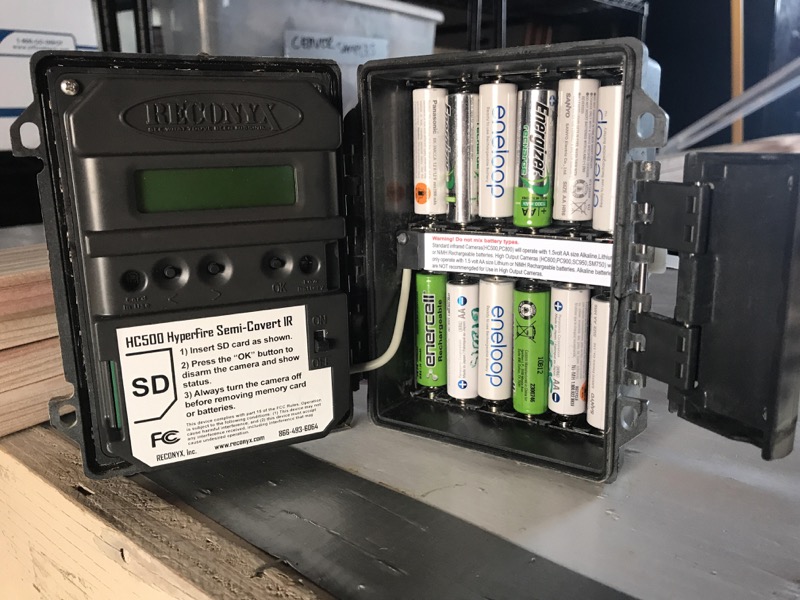So how do we precisely know what animals live and visit within the boundary of the park once the sun goes down?
In order to quantify the biodiversity of our urban island accurately, we integrate technology into our data collection. Our park biologists have input several camera traps. These are remotely activated cameras that are equipped with a motion sensor or an infrared sensor as a trigger to capture footage of anything that moves in its line of vision. Camera traps have been used as a method of field observation since the early 1990’s. Commercial infrared-triggered camera traps are utilized as a method of capturing wildlife on film with as little human interference as possible. Camera traps have been applied to research in order to detect rare species, estimate population size and species richness and explore habitat use and occupation of structures.
 NPS Photo
NPS Photo NPS Photo
NPS PhotoOver the years, we have captured some interesting visitors on our camera traps. Look for future Park After Dark Field Notes to learn more about the urban wildlife at Cabrillo National Monument.
